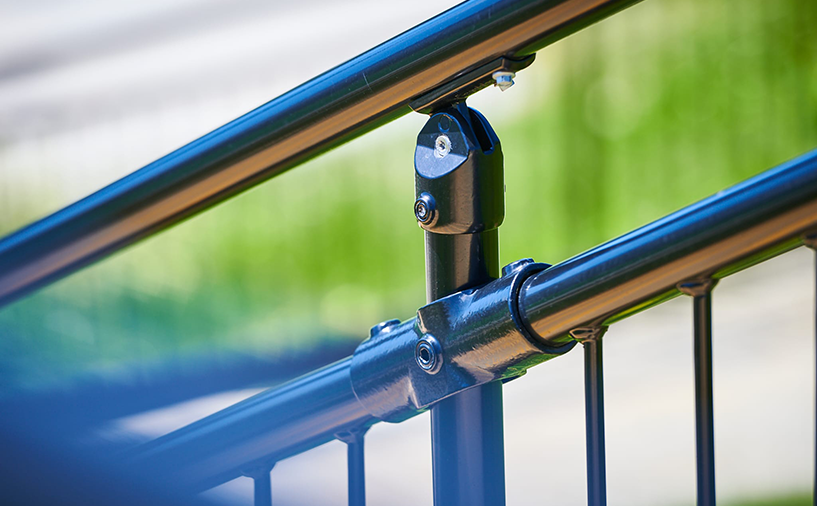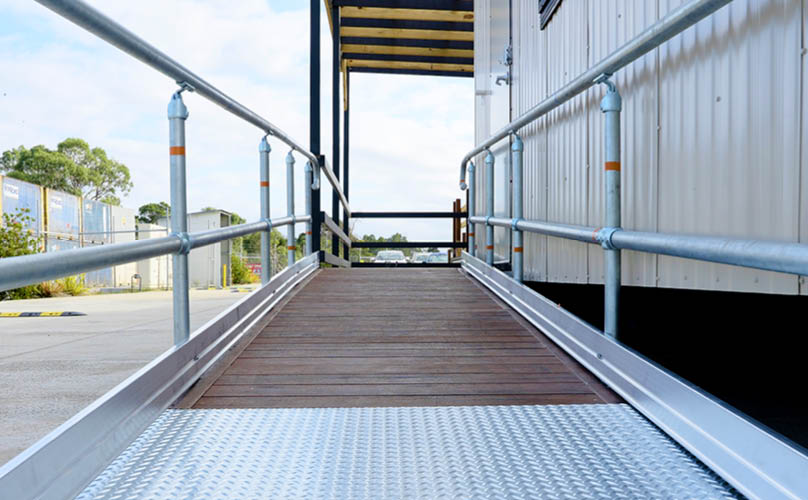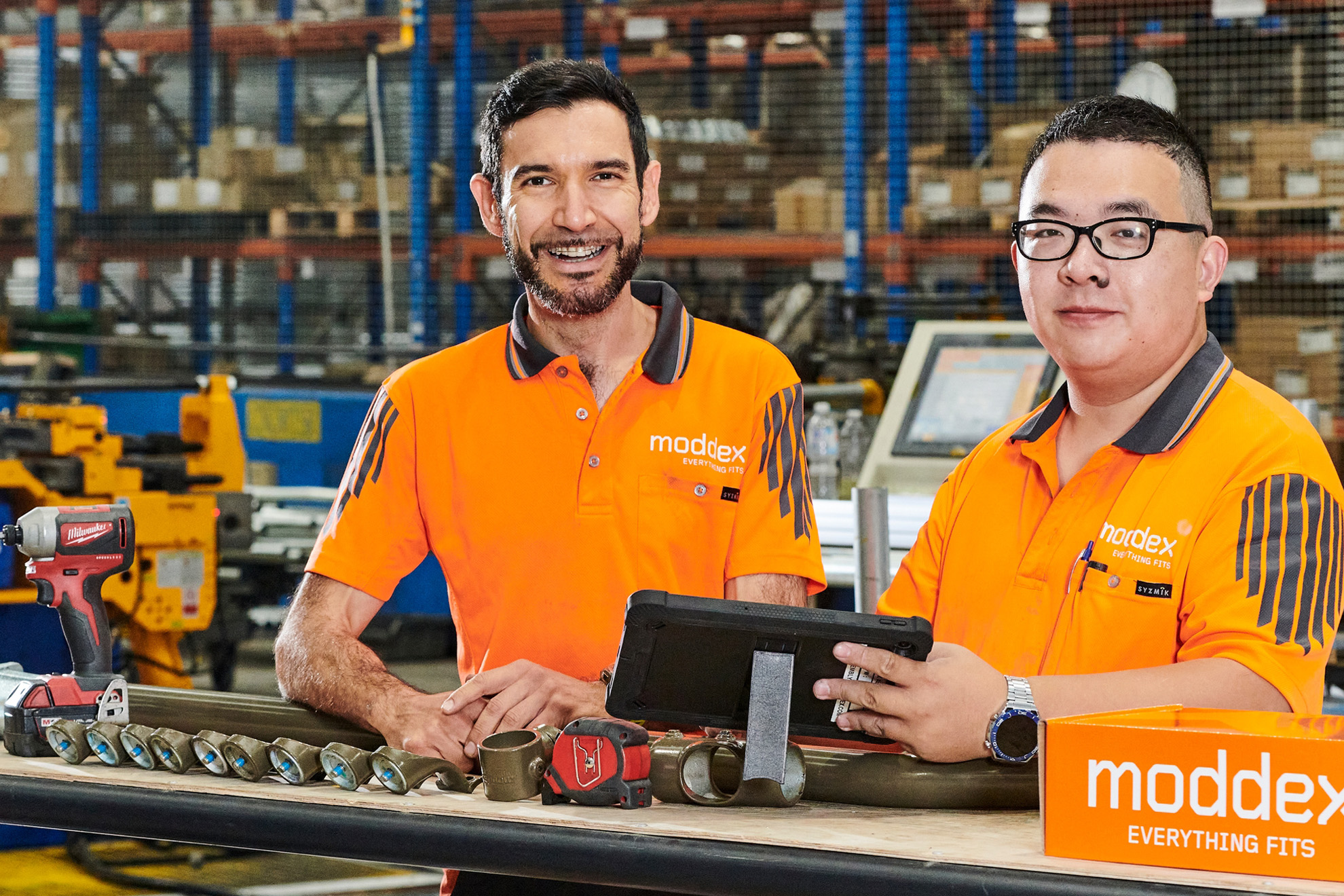Australian Standard AS 1428 is a set of guidelines that aim to ensure accessibility in the built environment for people with disabilities. This standard is crucial for promoting inclusivity and independence across various public and private spaces. By defining practical requirements for features like disability ramps and handrails, AS 1428 helps architects, builders, and contractors design spaces that are accessible to everyone, reflecting Australia’s commitment to social inclusion and equality.
“Architects, as the visionary creators of our built environment, bear a significant responsibility in championing this cause by ensuring people with disabilities and human diversity have input into the design process to ensure designs are not just accessible but are also inclusive and future proofed.”
Sue Boyce, CEO of Ability Works Australia
Overview of AS 1428 Compliance
AS 1428 sets guidelines to ensure public spaces are accessible to everyone, reflecting a commitment to social inclusion and safety. Originally conceived to address disparities in public infrastructure, AS 1428 has evolved into a cornerstone of Australian design, mandating practical standards for accessible building features.

The Importance of Accessibility in Building Design
Accessibility is essential in architecture because it ensures that everyone, especially those with a physical disability, can access and use public spaces independently. This inclusion is vital for social integration and equal opportunity. By designing with accessibility in mind, architects, builders, and contractors not only comply with legal requirements but also contribute to a fairer, more inclusive society.
Key AS 1428 Requirements for Disability Ramps
Ramps are pivotal under AS 1428, with specifications on slope, width, and surface texture to ensure they can be safely navigated by individuals using mobility aids. Ramps must not exceed a slope of 1:14 for general use and 1:8 for shorter distances. They should also have a minimum clear width of 1000mm to accommodate various mobility devices, alongside slip-resistant surfaces to prevent accidents. Landings are required at the top and bottom of each ramp and at intervals no greater than 9 meters.
AS 1428 Handrail Compliance
Handrails are essential for balance and mobility, making their design and placement critical. AS 1428 specifies that handrails be installed at a height that accommodates users of all statures and be continuous, providing support wherever needed. The space between the handrail and any adjacent wall should be sufficient to prevent users’ hands from getting trapped, thus enhancing safety. Handrails should also be easy to grip, with a diameter that allows a secure hold.

AS 1428 Compliance in Practice
Examples of compliant installations can be seen across various public venues such as schools, shopping centres, and community parks. These installations demonstrate the practical application of AS 1428 and underscore the positive impact of accessible design on daily life for people with disabilities.
“It costs not even 1% of the total expenditure for a new build to make universally accessible changes – whereas the cost to renovate a current building to accessible standards can reach up to 14% of total cost.”
Sue Boyce, CEO of Ability Works Australia
Consequences of Non-Compliance
Non-compliance with AS 1428 can lead to severe legal and financial repercussions, including fines and penalties. More importantly, it can prevent people with disabilities from accessing essential facilities, significantly impacting their independence and quality of life. This can also damage the reputation of the entities involved.
Adhering to AS 1428 is not just about legal compliance; it’s about fostering inclusivity and enhancing the safety of all users in the built environment. Architects, builders, and contractors are encouraged to remain diligent in applying these standards to create environments that respect and enhance the mobility of all Australians.
Why Choose Moddex for AS 1428 Compliant Installations?
Choosing Moddex for your accessibility needs means partnering with experts who not only understand but prioritize the importance of safe and inclusive design. Our extensive knowledge of AS 1428 compliance ensures that every project not only meets but exceeds the required standards. Our high-quality handrails and balustrades are crafted to enhance both the aesthetic and functional quality of your spaces. We are committed to providing solutions that significantly improve the quality of life, making us the reliable choice for those who aim to create accessible, welcoming environments.

